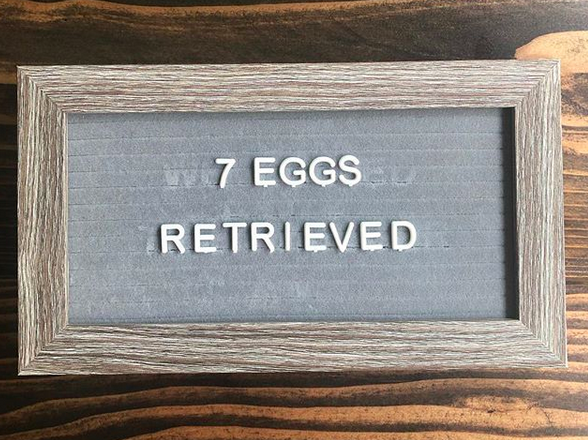A new in-vitro fertilisation technique unveiled at VUB
This new technique involves studying the cells that make up the outer layer of the egg, called the corona. The corona contains a great deal of information about the health of the sex cell. When the eggs are removed for in vitro fertilisation, doctors are now able to select those with the best chances of being successfully reimplanted into the uterus. The probability of becoming pregnant through IVF is currently 30%. This figure is doubled thanks to the VUB’s Corona test.

This technique also eases the pressure of the in vitro fertilisation process. Women have to be monitored throughout their menstrual cycle, take medication and react immediately once they start to ovulate. Once the egg has been removed, it is fertilised in vitro by spermatozoa, then reintroduced into the uterus in the hope that it will develop into an embryo. The problem is that in 70% of cases the process fails and has to be started again. Thanks to the Corona test, which doubles the chances of success, the process is less taxing as well as less expensive.



